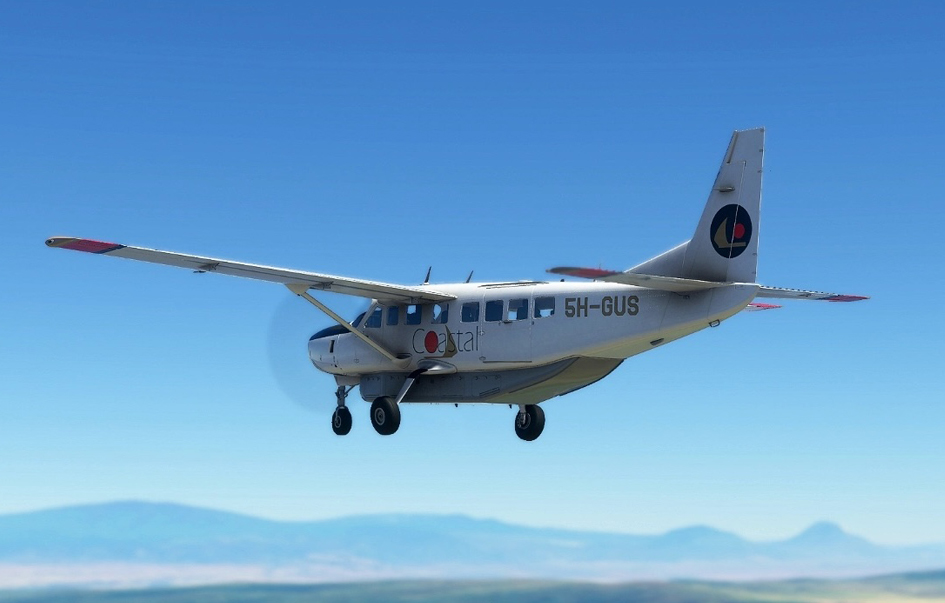Kitulo National Park
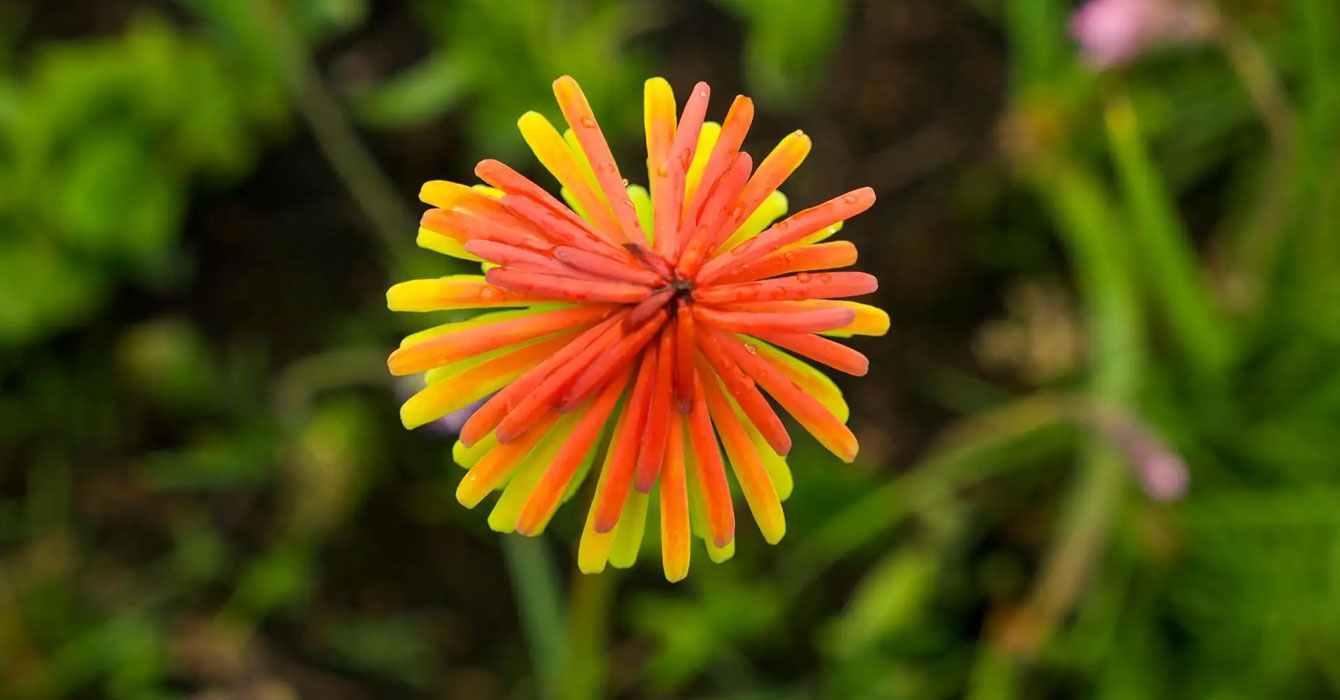
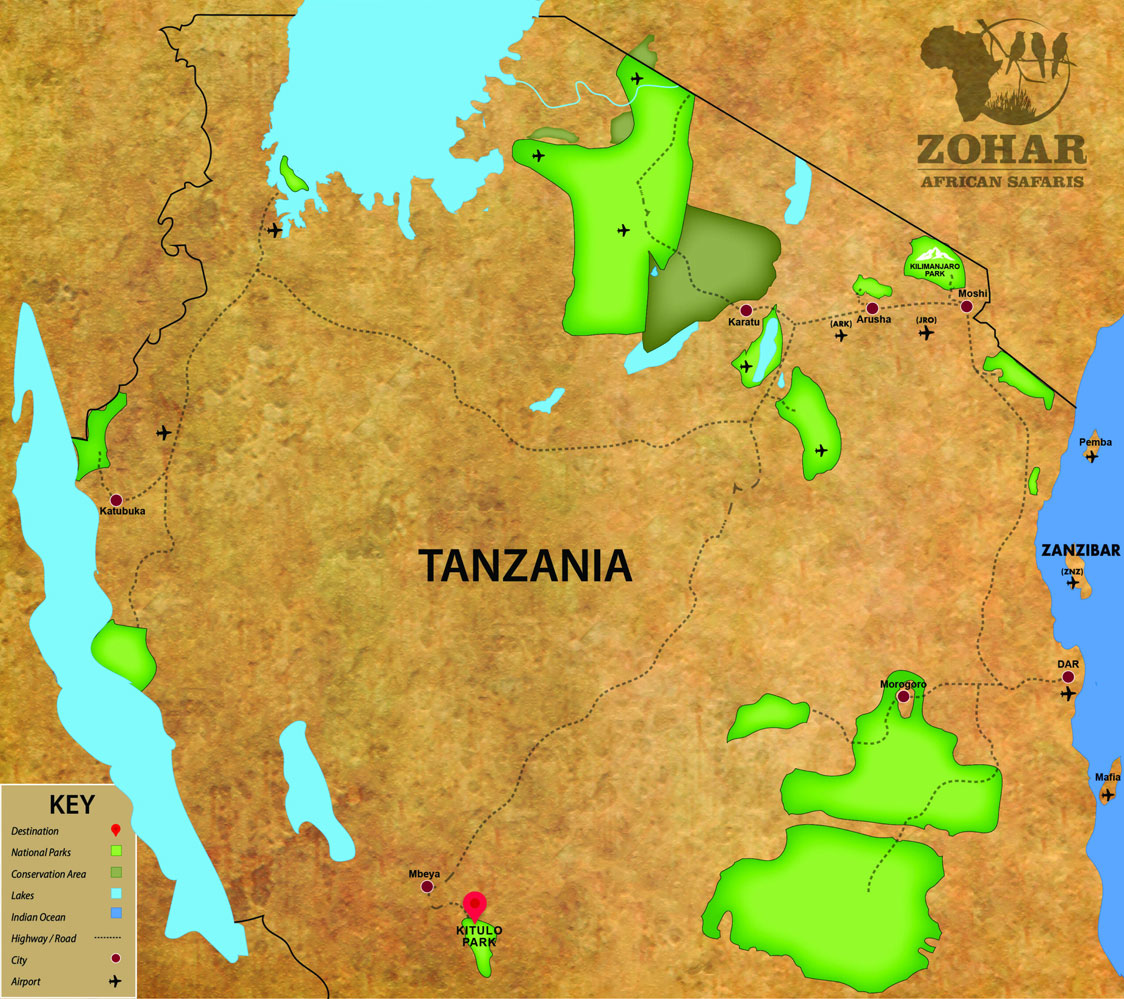
We Tanzanians refer to Kitulo as “Bustani ya Mungu” meaning “The Garden of God”.
Kitulo National Park is a botanical paradise unlike any other in Africa. Dubbed the “Serengeti of Flowers” by botanists, the park is home to one of the greatest floral spectacles on Earth.
During the rainy season (November to April), over 350 species of vascular plants—including 45 varieties of terrestrial orchids—burst into bloom, painting the landscape in a breathtaking array of colors.
Situated at an elevation of 8,500 feet (2,600 meters), Kitulo’s fertile volcanic soils nurture Tanzania’s largest and most important montane grassland ecosystem. Surrounded by the Kipengere, Poroto, and Livingstone Mountains, the park also plays a crucial role as one of the main watersheds for the Great Ruaha River.
A haven for hikers, birdwatchers & unique wildlife
Beyond its floral beauty, Kitulo is a dream destination for hikers and birdwatchers. The park is Tanzania’s only known breeding ground for the rare Denham’s bustard, alongside populations of the endangered blue swallow, mountain marsh widow, Kipengere seedeater, and Njombe cisticola.
Kitulo is also home to numerous endemic species, including chameleons, lizards, butterflies, and frogs, adding to its ecological significance.
The park is famous for its vibrant yellow-orange red-hot pokers, as well as aloes, proteas, geraniums, giant lobelias, lilies, and aster daisies—with over 30 species found nowhere else in the world. While big game is scarce, a few mountain reedbucks and elands still roam the open grasslands.
With its stunning landscapes, rare flora, and incredible biodiversity, Kitulo National Park offers an unforgettable experience for nature lovers, hikers, and those seeking Tanzania’s hidden gems.
Features & Wildlife Species
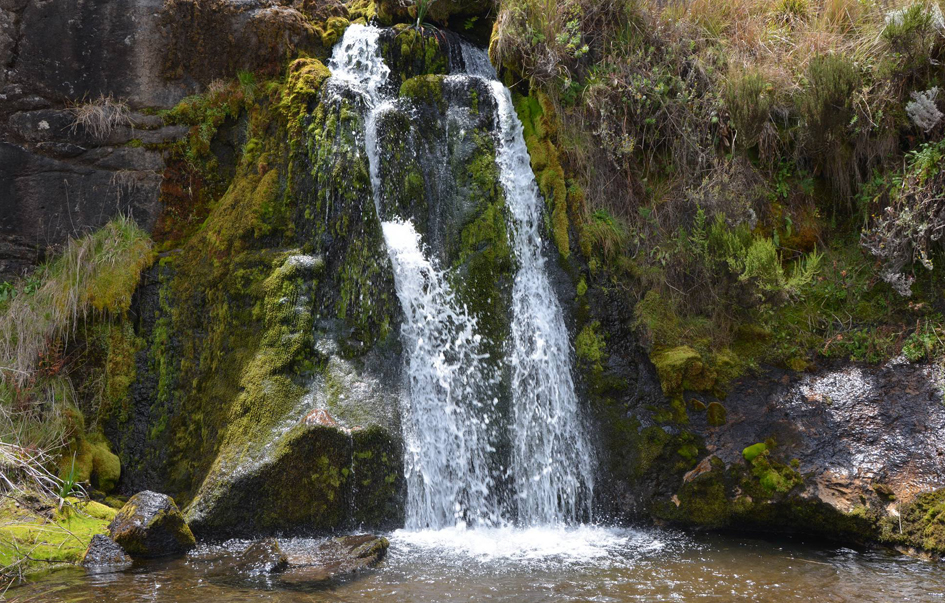
AREA ACTIVITIES
- Nature walks.
- Birding.
- Climbing hills on nearby mountain ranges.
- A half-day hike through the Livingstone Mountains to Matema Beach on Lake Nyasa.
WHEN TO VISIT
- The best time to visit this park is between December and April, which is during the dry season.
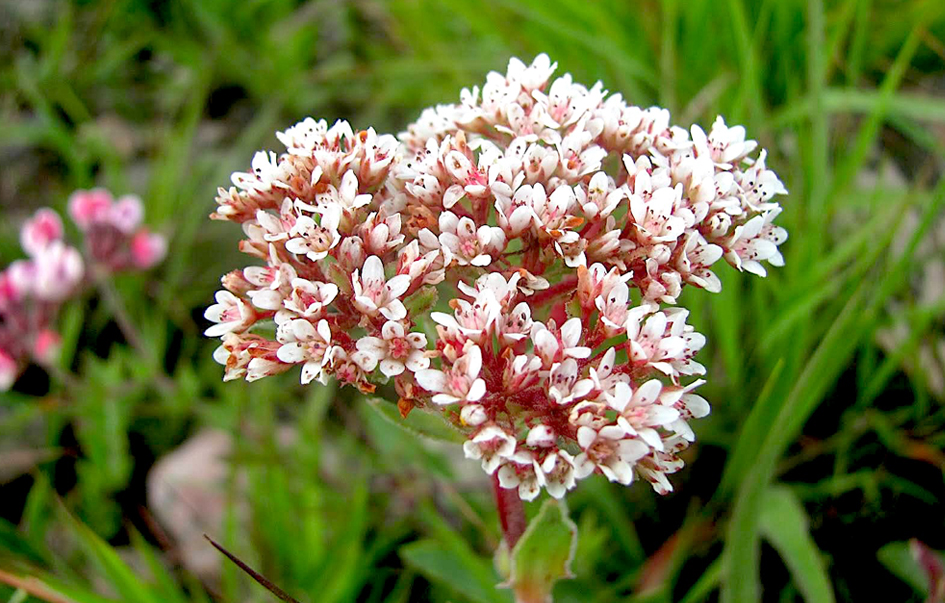
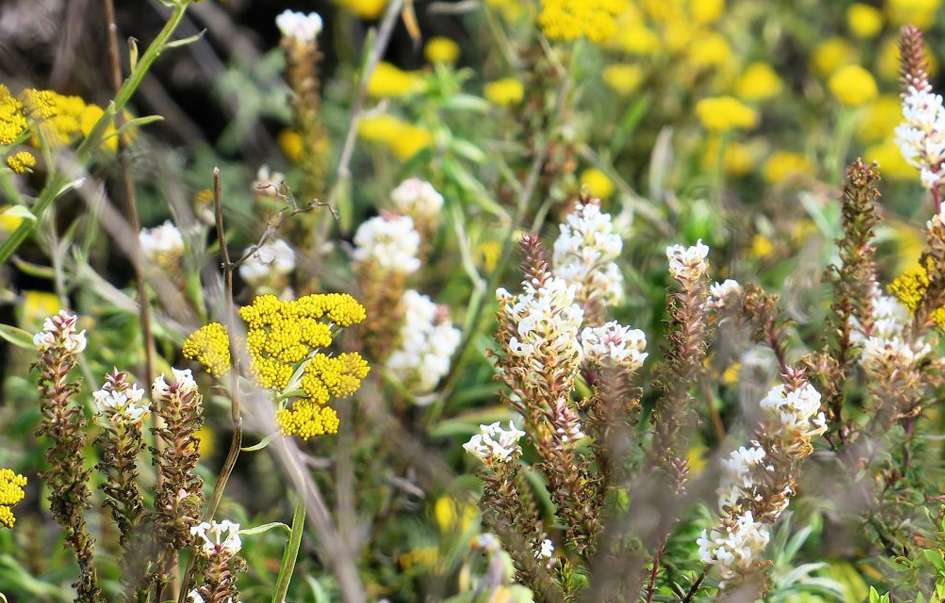
WHAT TO SEE
- Over 350 species of vascular plants including 45 varieties of terrestrial orchid.
- Yellow-orange red-hot poker and a variety of aloes.
- Adequate species of birds.
- Chameleon, lizard, butterfly and frog.
- Mountain reedbuck and eland.
- Outstanding hiking trails.
HOW TO GET THERE
As driving from Dar-es-Salaam involves more than 12h, many people opt for a 1.5-hour scheduled flight from JRO or DAR to Mbeya and then proceed further to the park.
